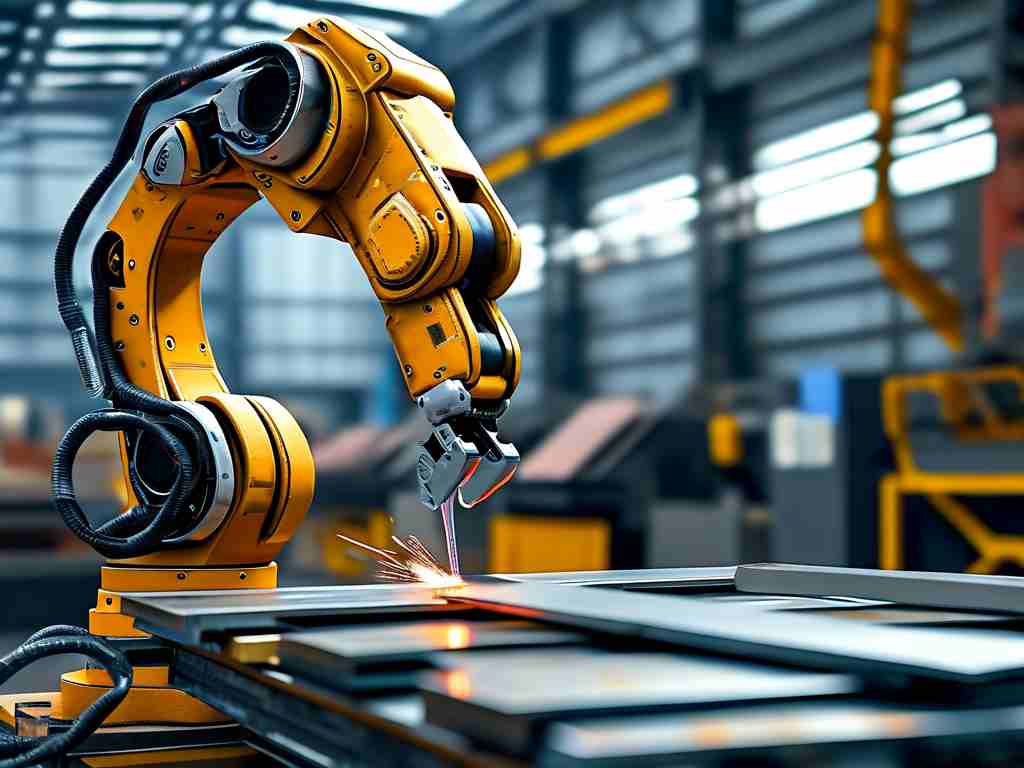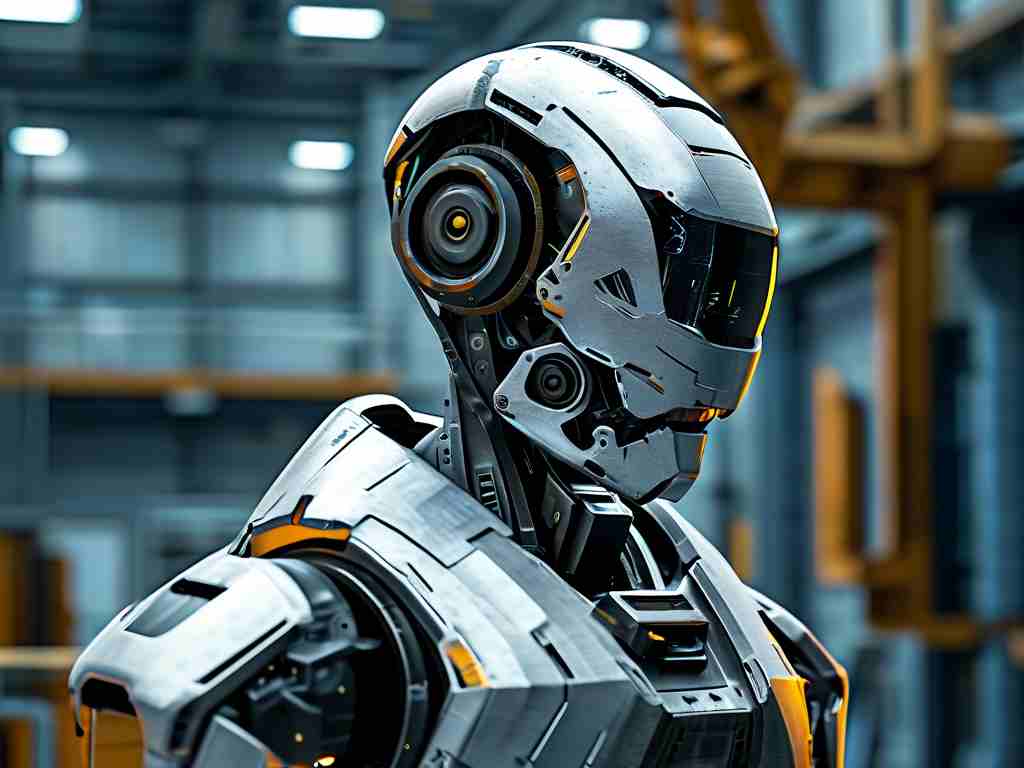In modern manufacturing, robotic bending technology has become a cornerstone of sheet metal processing, combining precision engineering with advanced automation. This article explores the core mechanisms and industrial implementations of this transformative technology.

Fundamental Working Principle
Robotic bending systems utilize articulated robotic arms equipped with specialized end-effectors to manipulate metal sheets. Unlike traditional press brakes requiring manual die adjustment, these systems employ dynamic path planning algorithms. Through CAD/CAM integration, the robot converts 3D model data into bending sequences, calculating optimal tool trajectories while compensating for material springback – a critical factor affecting final angles.
Force-torque sensors embedded in the grippers enable real-time feedback, allowing micron-level corrections during deformation. This closed-loop control system accounts for variables like material thickness variance and temperature fluctuations. For tubular components, robotic benders combine rotary draw mechanisms with multi-axis positioning, achieving complex geometries through synchronized rotation and compression.
Key Technological Components
- Adaptive Tooling Systems: Quick-change mandrels and modular dies enable single-machine processing of diverse profiles. Magnetic clamping interfaces permit tool swaps within 12 seconds, significantly reducing setup time.
- Vision Guidance: Laser scanners create digital twins of raw materials, detecting surface imperfections and automatically adjusting bending parameters.
- AI-Powered Compensation: Machine learning models analyze historical bending data to predict and offset deformation errors, continuously improving accuracy.
Industrial Applications
Automotive manufacturers deploy robotic bending cells for chassis components, achieving ±0.1mm repeatability across high-volume production. Aerospace applications focus on titanium alloy ducting, where robotic systems maintain structural integrity through controlled strain rates. Recent advancements include hybrid systems combining additive manufacturing with in-situ bending, enabling integrated production of reinforced structural members.
Technical Challenges
Material anisotropy remains a significant hurdle, particularly with advanced composites. Research teams are developing multi-physics simulation platforms that couple thermal, mechanical, and acoustic data to optimize bending processes. Energy consumption optimization has led to novel regenerative braking systems in robotic actuators, reducing power usage by 18% in latest-generation models.
Future Development Trends
Emerging 5G-enabled bending systems demonstrate real-time remote calibration capabilities, while haptic feedback interfaces allow human operators to "feel" virtual bending processes through force-reflective gloves. The integration of quantum computing algorithms promises to revolutionize path optimization, potentially reducing computational time for complex bending sequences from hours to milliseconds.
As industries demand higher precision and flexibility, robotic bending technology continues to evolve beyond conventional metal forming. From micro-scale medical implants to large-scale architectural elements, this technology is redefining the boundaries of material manipulation in the digital manufacturing era.









